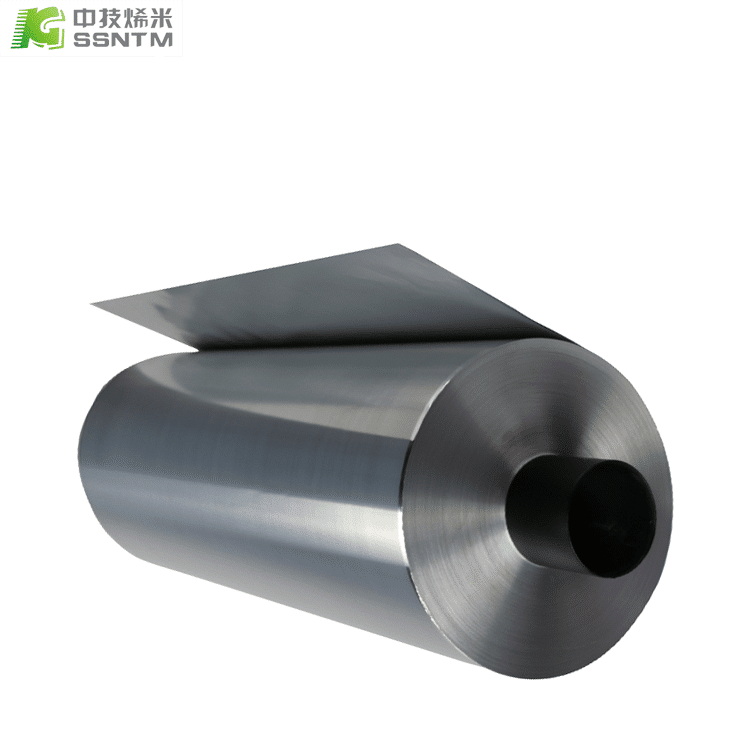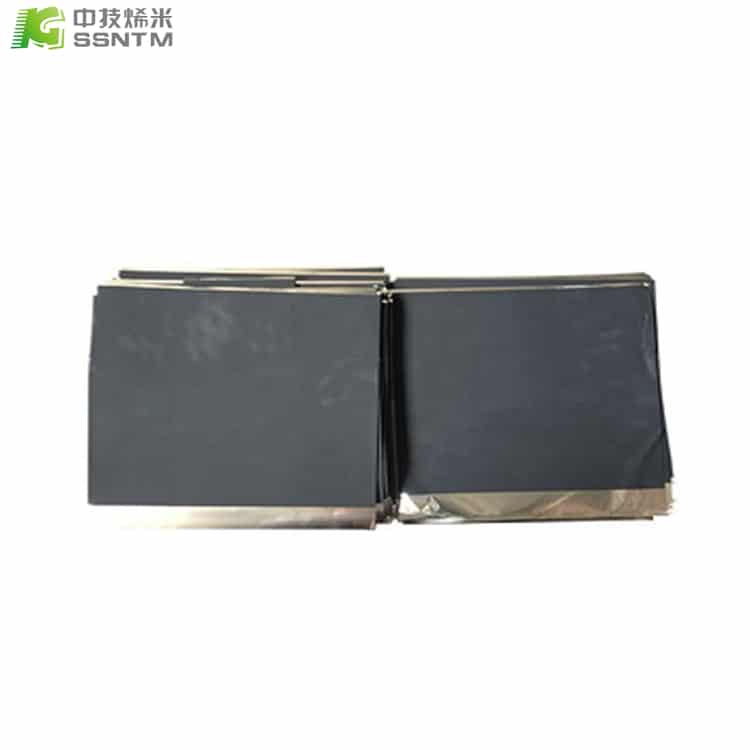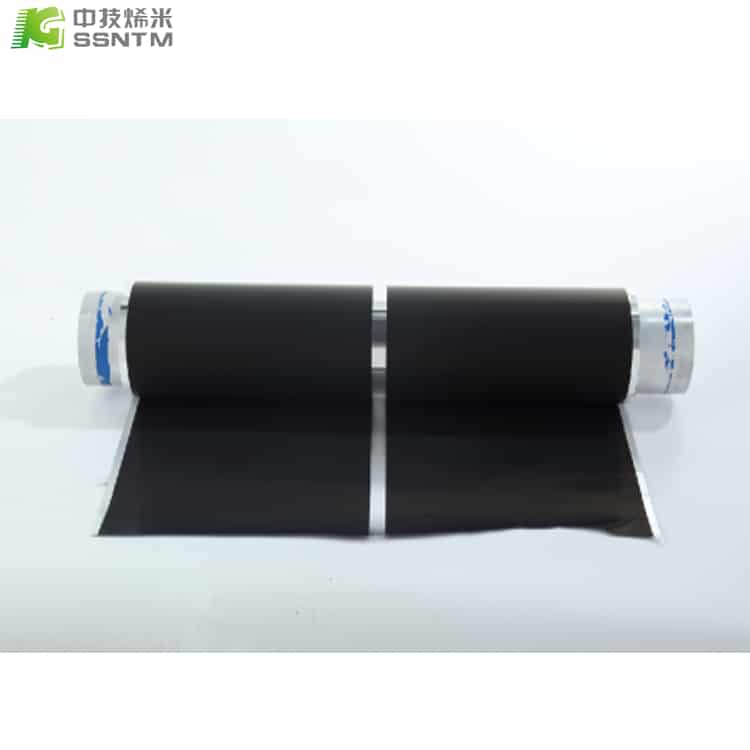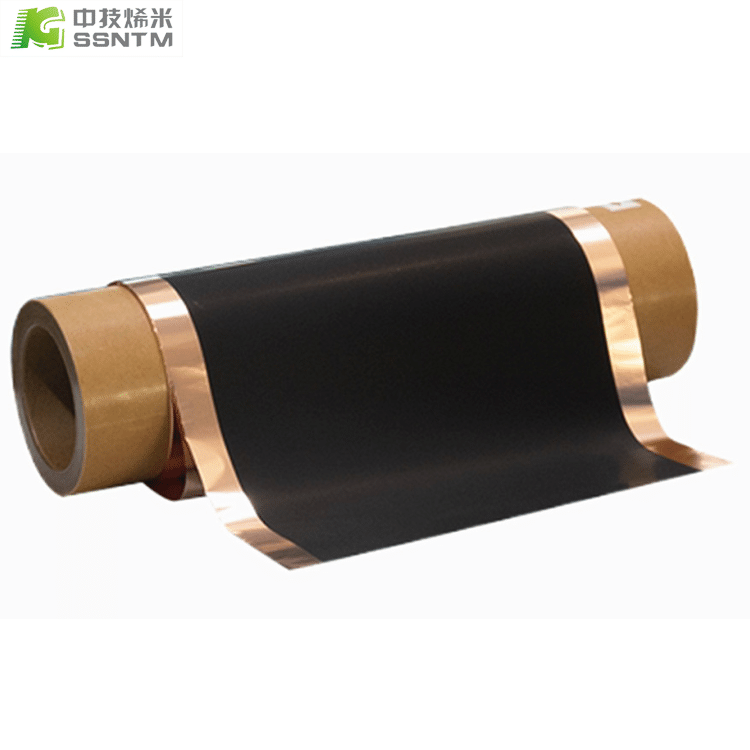What are the advantages of current collector?
In a battery, a current collector is an electronic conductor that collects electrons from the cathode and passes them to the external circuit. It is usually a metal foil that is coated with an active material, such as carbon or graphite, in order to increase conductivity and improve the performance of the battery. The current collector also helps to distribute the current evenly across the surface of the electrode, which is important for maintaining the efficiency and longevity of the battery.
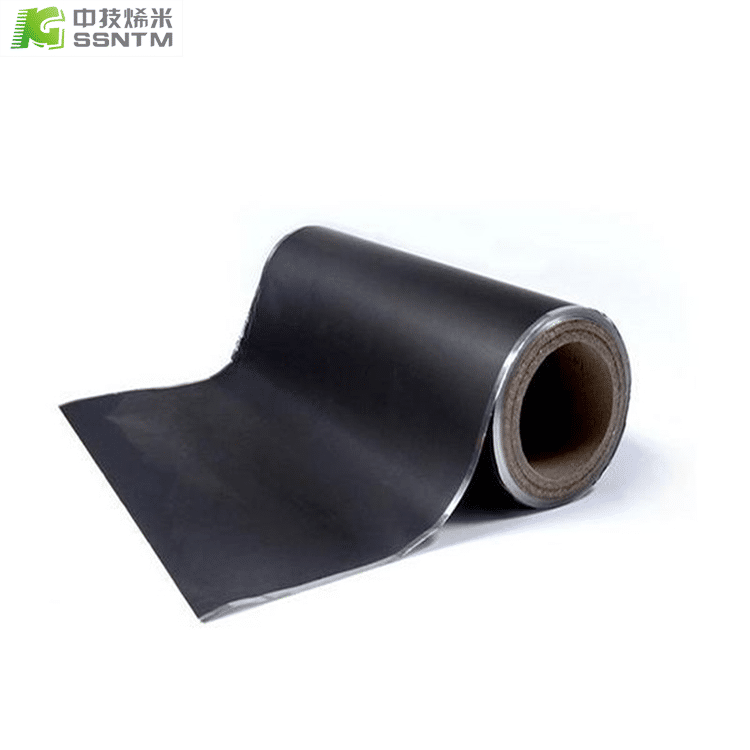
The current collector on a positive electrode in a battery is typically made of a conductive material such as aluminum or nickel and is coated with an active material like lithium cobalt oxide (LCO), lithium iron phosphate (LFP), or lithium manganese oxide (LMO), depending on the specific type of battery. The positive current collector serves to collect the flowing electrons from the positive electrode and transfer them via a lead wire to the external circuit, where they can be used to power electronic devices or recharge other batteries. The design and composition of current collectors can significantly affect the performance and durability of batteries.
The current collector plays a crucial role in the performance and efficiency of a battery. Some of the advantages of the current collector include:
1. Efficient electron transfer: The primary function of the current collector is to efficiently collect electrons from the active material and transfer them to the external circuit. A high-quality current collector ensures efficient electron transfer, thereby enhancing the battery’s performance and efficiency.
2. Enhanced conductivity: The current collector is typically made of a conductive material, such as aluminum or nickel, which has a high electrical conductivity. This enables better conductivity and more effective transfer of electrons, which is crucial for the battery’s overall performance.
3. Improved structural integrity: The current collector is also responsible for providing mechanical support to the active material. The current collector layer provides a strong, stable, and robust support for the active material, thus ensuring the structural integrity of the electrode.
4. Durability: The use of high-quality current collectors can also enhance battery durability and extend its lifespan. This is because the current collector layer can protect the active material from corrosion, oxidation, and other forms of degradation, thus prolonging the battery’s lifespan.
Overall, the current collector is a crucial component that can significantly impact the performance, efficiency, durability, and lifespan of a battery.

